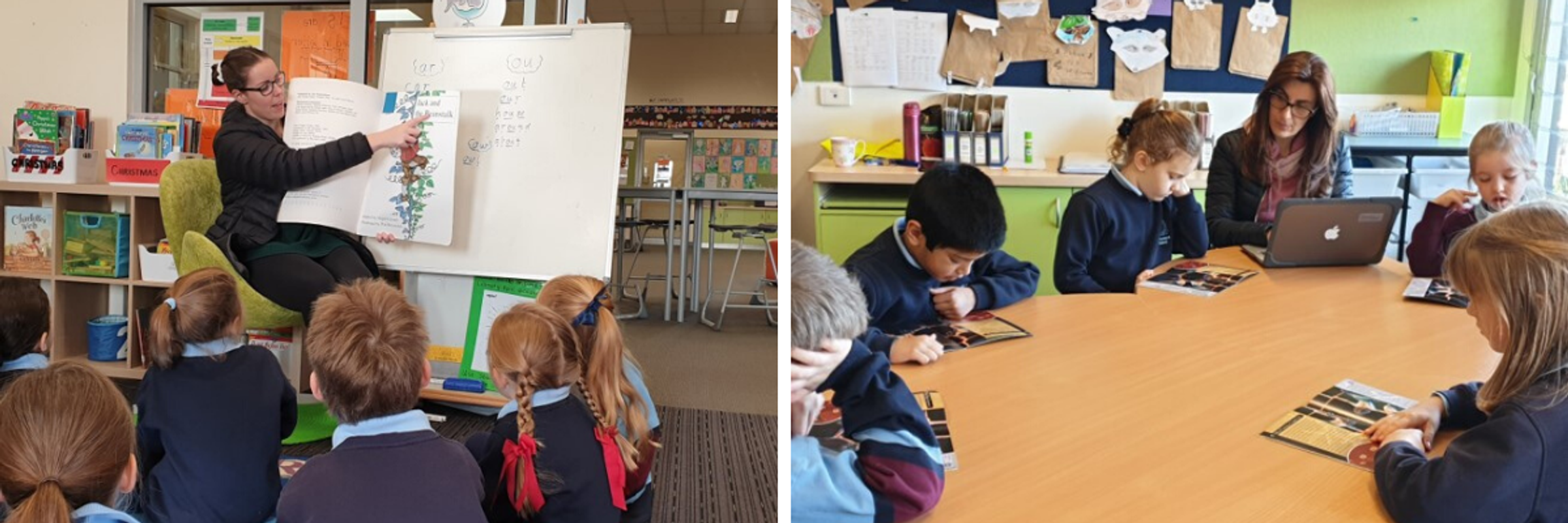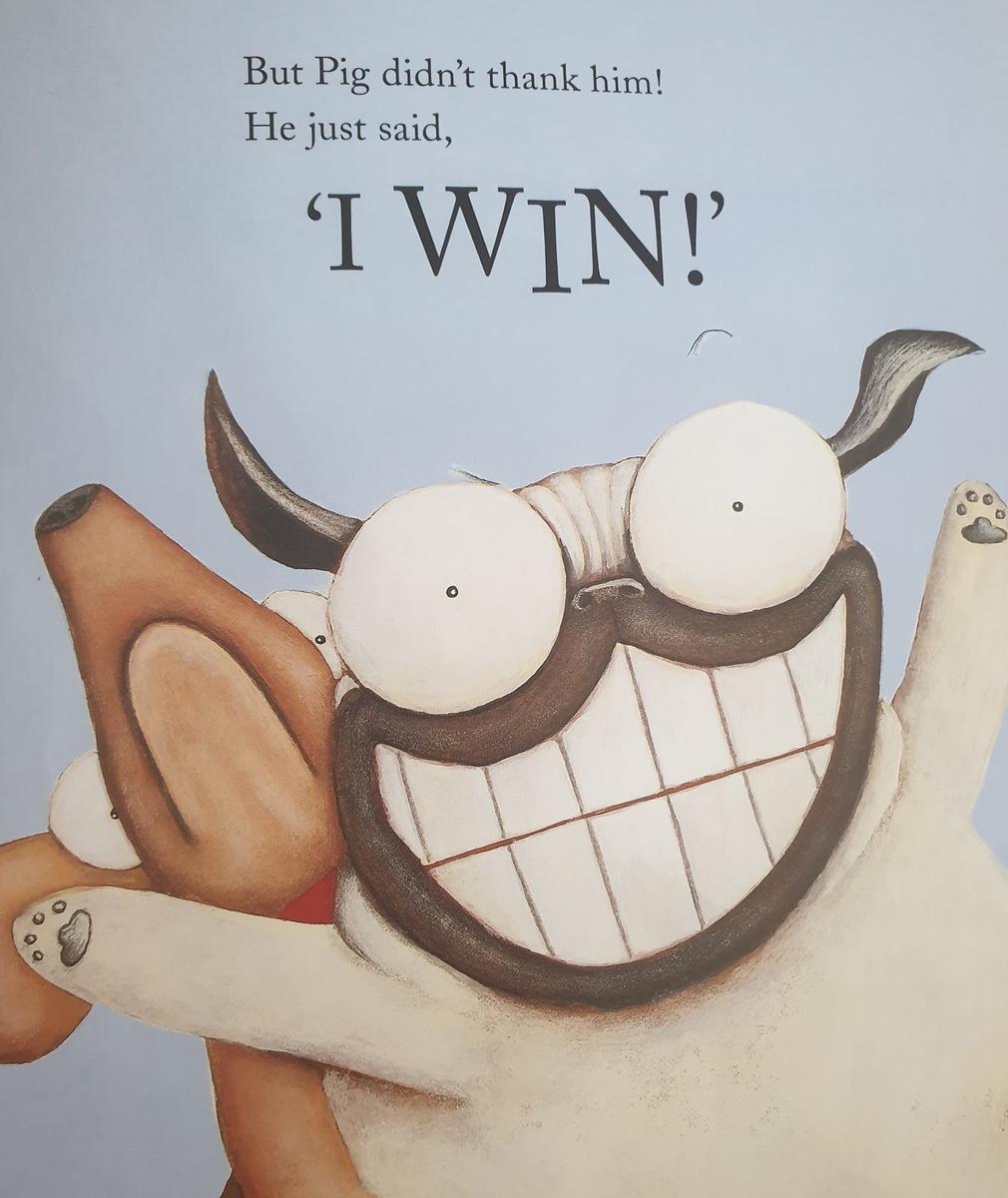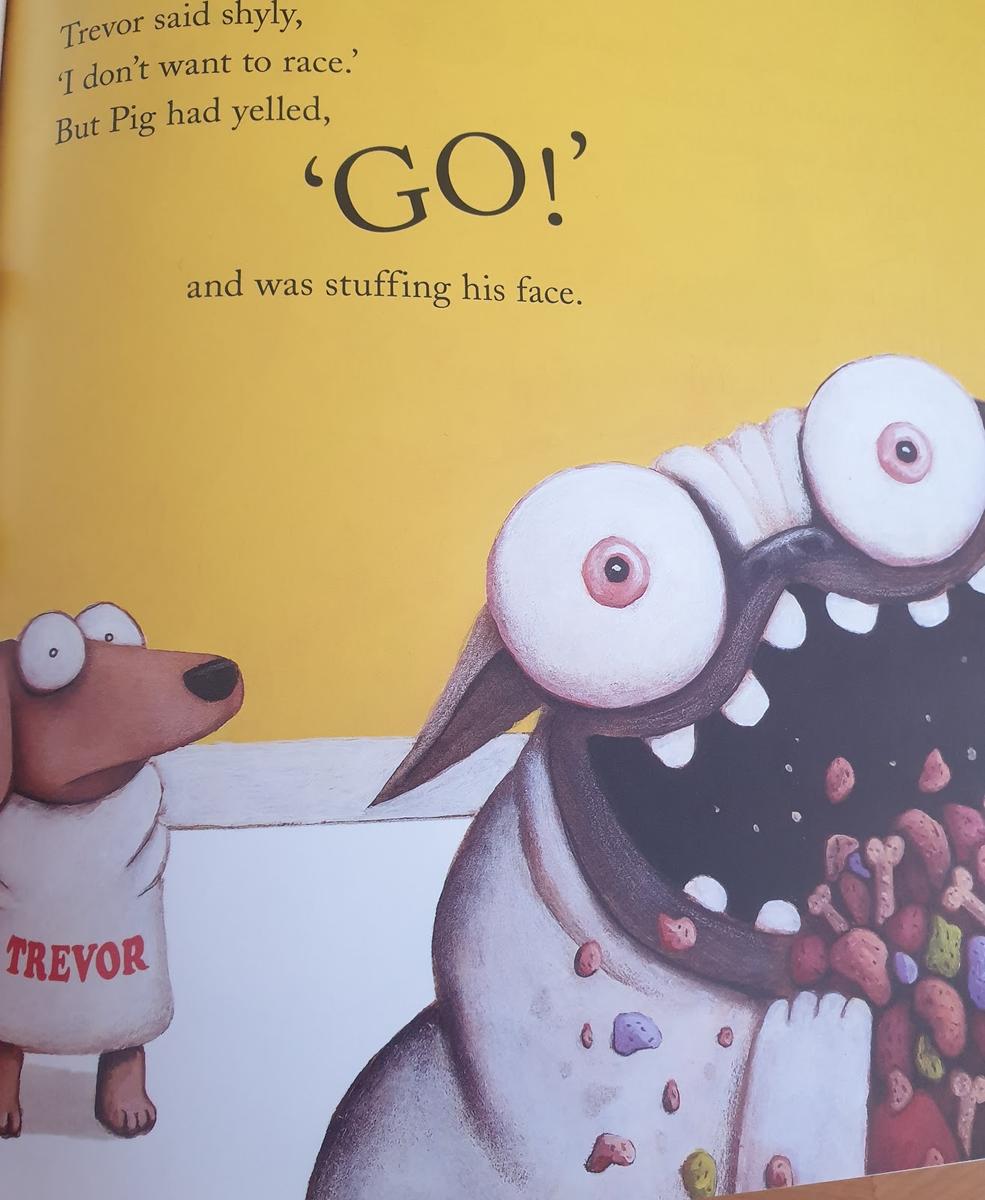Literacy

This week we have been lucky enough to welcome Matt Glover, an internationally known teacher of writing, to St. Columba’s (virtually of course!).
Matt ran two teacher professional learning workshops for staff this week, which followed on from the in-person work he did with us in 2019.
One of the main areas Matt focused on during our session on Tuesday afternoon was teaching students to ‘read like a writer’. To ‘read like a writer’ means to notice the ways in which published authors organise and craft their texts. It means to dig into the choices authors make and think carefully about how these choices create powerful messages that readers want to engage in. When we read like writers we are, with support, able to understand the language on a deeper level and use this knowledge in our own writing. For example, if we notice that J.K. Rowling uses a pair of alliterative adjectives to describe Hermione's hair (“a mane of bushy, brown hair’) and we think it works well, then we can try it out in our own writing (perhaps I could say in my writing that my character has ‘a tangle of bristly, blonde hair’ mimicking what J.K. Rowling has done).
This work is something that we have been developing in line with our Grammar in Context approach, which involves studying the grammatical patterns and sentence structures in rich literature.
Ways you can support your child to ‘read like a writer’
- Talk to your child about what you notice about what an author has done. For example, ‘Oh I can see that Aaron Blabey has made the word ‘Go!’ really big on this page. I think he did that because we are meant to shout the word and to show Pig was saying ‘Go’ really loudly to Trevor. I bet other author’s do that as well. They put some words in capitals to make them stand out.
- Get your child to notice the illustrations and how they add to the text as that is something that is important in a lot of books (and particularly in the writing children do as most children mimic a picture storybook structure). For example, ‘I think that Aaron Blabey has decided to draw Pig as a bit larger and closer to us than Trevor in this illustration. I think he wanted us to know that Pig always wants to be the centre of attention and pushes Trevor out of the way. I also think Aaron wanted us to see that when Pig wins he has a big grin and huge eyes.”
- Ask your child what they notice about a particular page in a book. Don’t be disappointed if they are not really noticing a lot at this stage! It takes time to develop skills in this area and we are still working on this in our writing and reading sessions. Having conversations about books is the first step and useful in its own right even if a child hasn’t yet developed a deeper ability to notice text features and language.
- Read lots of different books and texts! Authors go about writing and presenting their writing differently. The more diverse a child’s experience, the more they can experiment with various techniques that might suit different purposes.
If you are interested in building your child’s capacity as a writer, please check out the link below. Here you will find a series of video lessons by Gail from the Daily 5 that focus on developing ideas and stamina in writing. It is most appropriate for Prep - Year 4 students. https://www.thedailycafe.com/content/writing-home-students


